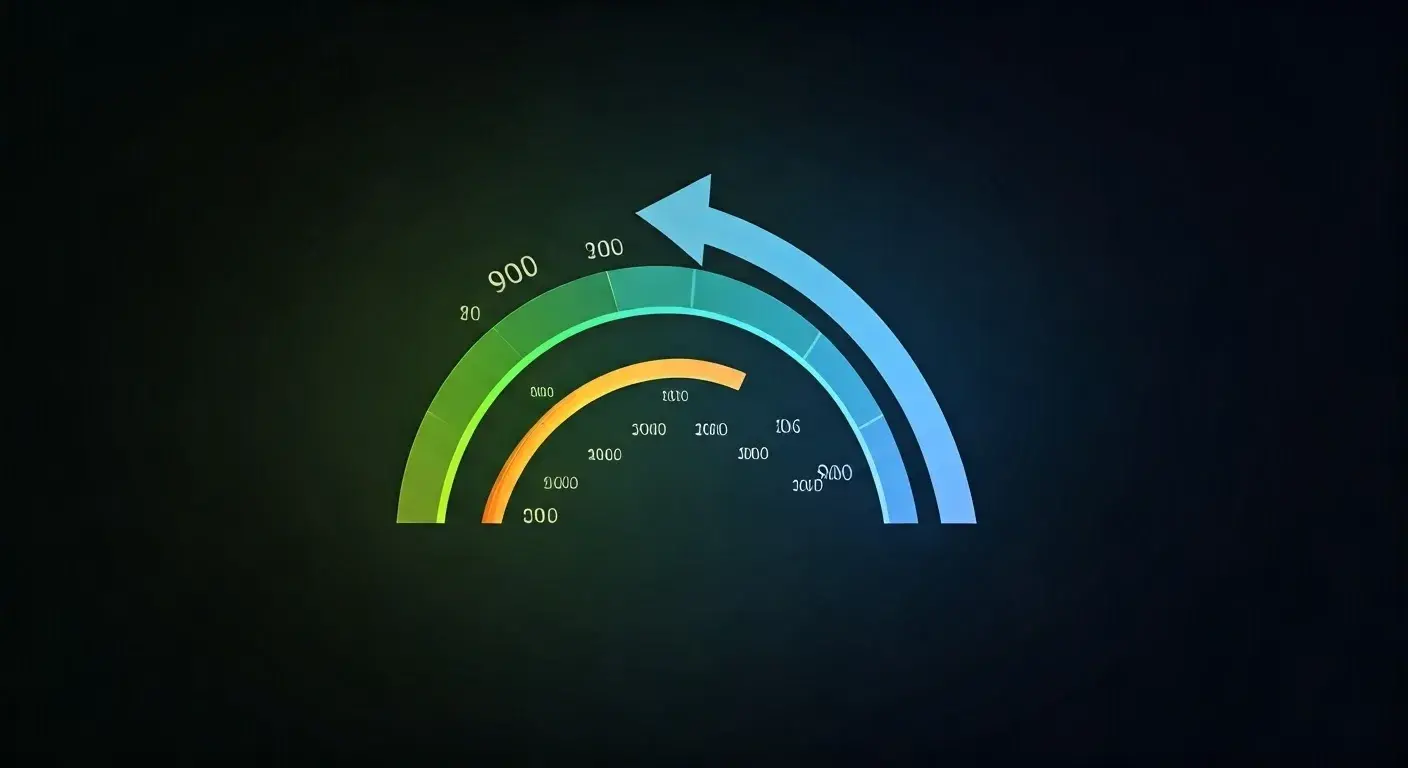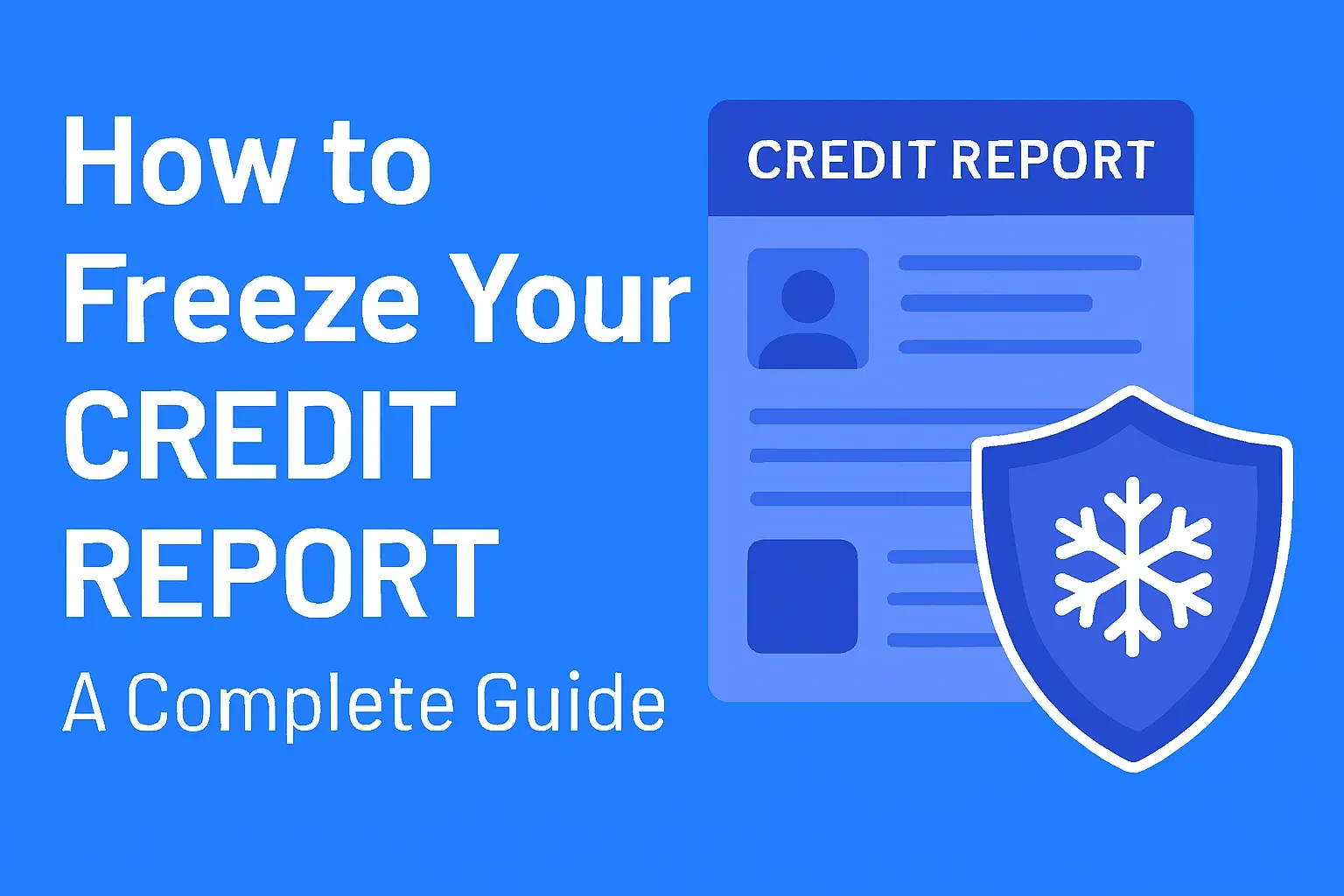-
Posted on: 04 Feb 2025

-
A comprehensive guide to raising your credit score and achieving your financial goals.
Understanding Your 635 Credit Score
A credit score of 635 typically falls into the "fair" or "near prime" range. While it's not a bad score, it can limit your access to the best interest rates and financial products. It means you're generally considered a higher-risk borrower than someone with a higher score. Improving your credit score from 635 opens doors to lower interest rates on loans, credit cards, and mortgages, saving you significant money in the long run.
Here's a breakdown of why a 635 credit score matters:
- Higher Interest Rates: Lenders charge higher interest rates to borrowers with lower credit scores to compensate for the perceived risk.
- Limited Loan Options: You may be denied certain loans or credit cards altogether.
- Higher Insurance Premiums: In some states, your credit score can affect your insurance premiums.
- Difficulty Renting an Apartment: Landlords often check credit scores, and a lower score can hinder your ability to secure housing.
- Potential Employment Issues: Some employers check credit scores as part of their hiring process, especially for positions that involve financial responsibilities.
The Importance of Credit History
Your credit history is a record of your borrowing and repayment behavior. It's used to calculate your credit score. A longer and more positive credit history generally leads to a higher credit score.
What Makes Up Your Credit Score?
Understanding the factors that influence your credit score is crucial for improving it. The most common scoring model, FICO, weighs these factors differently:
- Payment History (35%): This is the most important factor. Late payments, collections, and bankruptcies severely damage your score.
- Amounts Owed (30%): This refers to the total amount of debt you owe and your credit utilization ratio (the amount of credit you're using compared to your available credit).
- Length of Credit History (15%): A longer credit history generally improves your score.
- Credit Mix (10%): Having a mix of different types of credit (e.g., credit cards, installment loans) can be beneficial.
- New Credit (10%): Opening too many new credit accounts in a short period can negatively impact your score.
Strategies to Improve Your 635 Credit Score
Now that you understand the importance of your credit score and the factors that influence it, let's delve into actionable strategies to improve your 635 credit score.
1. Review Your Credit Report for Errors
Start by obtaining a copy of your credit report from each of the three major credit bureaus: Equifax, Experian, and TransUnion. You can get a free copy of your credit report annually at AnnualCreditReport.com. Carefully review each report for errors, such as incorrect account information, inaccurate payment history, or accounts that don't belong to you. Dispute any errors you find directly with the credit bureau in writing. This is often the quickest way to improve your score.
How to Dispute Errors
- Gather Evidence: Collect any documentation that supports your claim, such as bank statements, payment confirmations, or account statements.
- Write a Dispute Letter: Clearly explain the error and provide copies of your supporting documentation.
- Send the Letter: Send the dispute letter to the credit bureau via certified mail with return receipt requested to ensure they receive it.
- Follow Up: The credit bureau has 30-45 days to investigate your claim. Follow up to ensure they're processing your dispute.
2. Make Timely Payments
Payment history is the most significant factor in your credit score. Always pay your bills on time, every time. Set up automatic payments or reminders to avoid missing due dates. Even a single late payment can negatively impact your score.
Tips for Making Timely Payments
- Set Up Automatic Payments: Automatically deduct payments from your bank account on the due date.
- Use Calendar Reminders: Set reminders on your phone or calendar to remind you of upcoming due dates.
- Prioritize Bills: Pay your most important bills first, such as rent/mortgage, utilities, and credit card payments.
- Contact Creditors: If you're struggling to make payments, contact your creditors to discuss potential options, such as payment plans or hardship programs.
3. Reduce Your Credit Utilization Ratio
Credit utilization ratio is the amount of credit you're using compared to your available credit. For example, if you have a credit card with a $1,000 limit and you owe $300, your credit utilization ratio is 30%. Experts recommend keeping your credit utilization ratio below 30%, and ideally below 10%. The lower, the better!
Strategies for Lowering Credit Utilization
- Pay Down Your Balances: The most effective way to lower your credit utilization ratio is to pay down your credit card balances.
- Increase Your Credit Limits: If you're able to, request a credit limit increase on your existing credit cards. However, avoid spending more just because you have a higher limit.
- Open a New Credit Card: Opening a new credit card can increase your overall available credit, lowering your utilization ratio. However, be sure to manage the new card responsibly.
4. Avoid Opening Too Many New Credit Accounts
Opening too many new credit accounts in a short period can negatively impact your credit score. Each time you apply for credit, a "hard inquiry" is placed on your credit report. Too many hard inquiries can signal to lenders that you're a higher-risk borrower. Limit your applications for new credit to only when necessary.
5. Become an Authorized User
If you have a trusted friend or family member with a credit card and a good credit history, ask them if you can become an authorized user on their account. Their positive payment history can help improve your credit score, as long as the credit card company reports authorized user activity to the credit bureaus.
6. Consider a Secured Credit Card
If you're having trouble getting approved for a traditional credit card, consider a secured credit card. Secured credit cards require a security deposit, which typically serves as your credit limit. By making timely payments on your secured credit card, you can build a positive credit history and eventually qualify for an unsecured credit card.
7. Explore Credit Builder Loans
Credit builder loans are designed to help people with limited or damaged credit build a positive credit history. With a credit builder loan, you make fixed monthly payments over a set period. The lender reports your payment activity to the credit bureaus, helping you establish a positive credit history. The loan proceeds are often held in a savings account until you've repaid the loan.
8. Be Patient and Consistent
Improving your credit score takes time and consistency. Don't expect to see significant results overnight. Continue to practice good credit habits, such as making timely payments and keeping your credit utilization ratio low, and your credit score will gradually improve.
Maintaining Your Improved Credit Score
Once you've improved your credit score, it's essential to maintain it. Here are some tips to help you keep your credit score healthy:
- Continue to Pay Bills on Time: Never miss a payment!
- Keep Credit Utilization Low: Aim for a credit utilization ratio below 30%.
- Monitor Your Credit Report Regularly: Check your credit report at least once a year for errors.
- Avoid Closing Old Credit Accounts: Closing old credit accounts can reduce your overall available credit and increase your credit utilization ratio.
- Be Mindful of New Credit Applications: Only apply for new credit when necessary.











